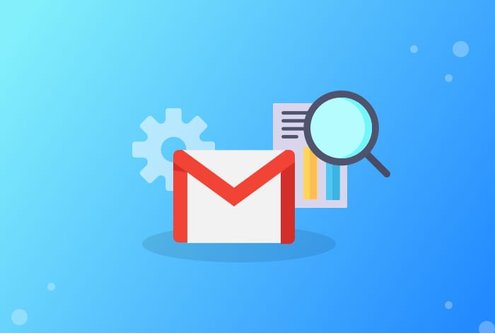Many of us are perpetually drowning in emails. Perhaps you’d relate to these:
I receive hundreds of emails every day
I spend hours every day reading and replying to emails
I have a hard time finding emails in my inbox
The last thing I do before retiring to bed: check my inbox
Well, you’re not alone. An average employee in the US receives around 180 emails every day. They spend 33% of their time at work reading and writing emails.
It’s about time we get to the bottom of the problem. Is it email itself?Is clutter an unavoidable byproduct of email marketing? Well, it’s not entirely true.
The real problem lies in the way we use email. We forward emails as a way to share information or delegate tasks to a teammate. We Cc teammates irresponsibly—looping in people who don’t need the information.
We decided to dig deeper. We analyzed the email usage of 1000 email accounts that use Hiver—and processed 300,000 email threads and 4.7 million emails.
The insights are startling.
1. Inbox Zero is becoming elusive
What is Inbox Zero? It’s a rigorous approach to managing emails aimed at keeping the inbox empty—or almost empty—at all times. But, with the number of emails on the rise with every passing day, Inbox Zero looks more elusive than ever.
An average professional receives close to 180 emails every day. And the situation is only becoming worse with every passing year. Between 2017 and 2018 alone, the daily email influx went up by an astonishing 13%.
What’s worse: People don’t even open 40% of the emails they receive. We’re talking about the Primary section in Gmail. Not Social. Not Promotions.
The reply rate is pretty dismal as well.

Of the 60% of emails that people open, they reply to just 16% of them.
2. Irresponsible Cc’ing is the norm
Remember the times when you wondered why you were Cc’d on an email (that had nothing to do with you)?
8% of emails people receive are those that they’ve been Cc’d on. Cc overuse is ingrained in the culture of most companies. People Cc others to keep them in the loop. And then there are occasions when they want their bosses/managers to see if they agree with the course of action.
Do we really need those emails eating up our mind space? Of the emails people are Cc’d on: they open 84% of them, but reply to only 19%.

It’s a telltale sign that we did not need to be Cc’d in all those emails in the first place.
3. Forwarded emails are a menace
Remember receiving a complicated thread with a ‘see below’ or an ‘FYI’?
A staggering 13% of the emails we receive are forwarded to us. But why all the forwarding? Because there is no other way to share information using Email. And we cannot always take things to chat applications. They just don’t fit the bill for a lot of situations.
People resort to forwarding when they have to delegate an email to someone, or for making company-wide announcements. In hindsight, it’s all adding to the inbox clutter problem.
Of the emails forwarded to people: they open 70% of them but reply to only 20%.

When we don’t engage with emails, it’s clear that we could have easily done without them. But we are still forced to spend time sifting and deciding what to do with them.
4. Email groups get messy (if not handled well)
Most companies have team inboxes like info@, contact@, or support@. These inboxes are always managed by a bunch of people—and typically receive a large number of emails.
51% of emails people receive are group emails (sent to a shared inbox or a distribution list). The real problem is that every employee who is a part of that group receives a copy of each email that arrives—in their Primary inbox.
Of the group emails: they open 57% of them but reply to only 14%.

If we’re not even opening 43% of such emails, they were probably meant for someone else in that group.
We definitely need a better way to deal with group emails. If nothing, we have to at least keep them from reaching our Primary inbox.
This goal of this study was to help people form a clear picture of what type of emails take up their time—so that they know where to start the cleaning work.
For more insights on email behavior at work, you can always download your copy here.


































